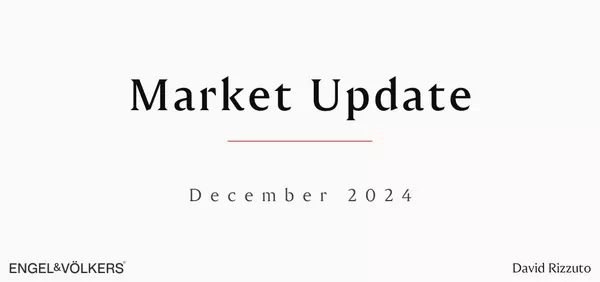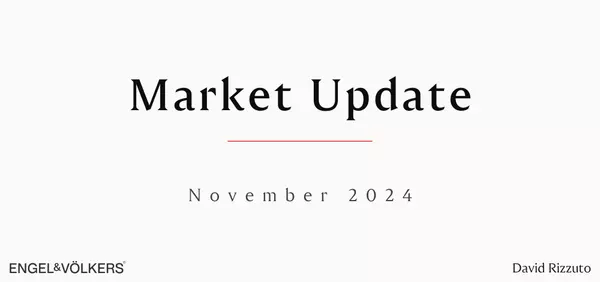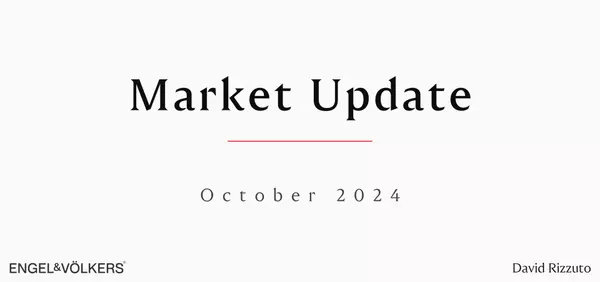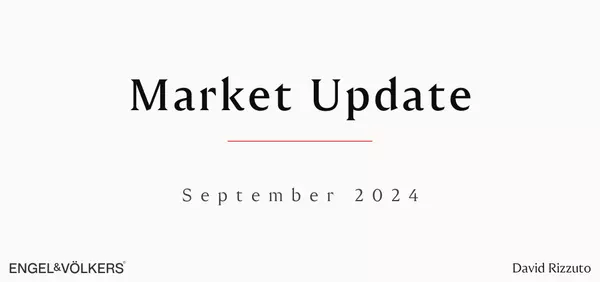
The Advantages Of Selling Your Home During The Holidays
Many home sellers are hesitant to list their homes for sale during the winter, and especially during the holidays. Historically, the winter months are a slower time for real estate. Many home buyers often like to start shopping in the spring, as they are too busy during the holiday season to look for a new home. Some home buyers prefer to buy in the spring so that they are settled before the next school year begins. Some buyers simply cannot find the home they have been looking for during the winter, so will hold off until spring. While this is reality for a lot of buyers and sellers, there are still a variety of benefits associated with selling during the winter holiday season. First of all, the biggest advantage of selling your home during the winter is low housing inventory. Generally, most would-be sellers tend to wait until the spring to list their home for sale. Many sellers believe they can get more money if they wait until the spring, since there will be more buyer demand. However, since there are typically few homes on the market during the winter months, sellers will face less competition during this time compared to the spring, where there are typically many more homes on the market. Less inventory means buyers have less homes to choose from, which could translate into a lucrative sale in a shorter period of time. Another important reason why the holiday season may be a good time to sell is because there are more serious buyers. Buyers that are looking for a new home during the winter months are most likely serious about making a move, and not just browsing. Those that attend open houses or book private tours during the winter are not doing so for fun or out of curiosity, but probably because they are serious about buying. For many reasons, buyers may be looking to purchase during the winter in order to meet an end of year deadline, since they have already sold their home, or because of family or personal matters. Overall, there may be less eyes on your home during the winter, but those that are looking will no doubt be more serious about actually buying. The third reason why selling your home during the winter may be a good idea is because of the festive decorations. Homes that are decorated for the holidays tend to give off a warm, inviting, and cozy feeling. By adding extra charm to your home, buyers may become more emotionally attached to your home. A home that is well decorated for the holidays will show better and help potential buyers envision their family living in the home. Also, the neighborhood and surrounding community may also leave a good impression on potential buyers when they are dressed up with festive lights, trees, and decor. Many sellers fear that their home will sit on the market unsold if they list in the winter, or that they would face a lower selling price. While it is true that December is one of the slowest months for real estate, there are clear advantages for sellers if they decide to list during the winter. March to July are typically the busiest months in the real estate market, but they are not always the best months to sell your home. If you are looking to sell and are unsure about when the best time is to do so, reach out to me today for expert guidance.

October 2023 Real Estate Market Update
Primarily due to higher interest rates, many would-be buyers are still waiting on the sidelines, which is driving housing demand lower. Home sales continued to decline in October throughout most of the Greater Toronto Area. On a year-over-year basis, sales are down 5.8% compared to last October. Sales are also down compared to September 2023. The amount of new listings in October jumped significantly compared to the 12-year record low in October 2022, and are steady compared to the previous month. Average selling prices are still up 3.5% compared to last year, and have remained mostly unchanged compared to September. Much higher amounts of housing inventory and low sales indicates we are experiencing a buyer's market. Although demand is lower and there are more available listings for buyers to choose from, competition amongst buyers has remained high enough to keep prices steady. Home prices are still well below the record peak in early 2022, allowing lower home prices to mitigate the impact of higher borrowing costs to some degree. As the winter market approces, it is unusual to see the high amounts of housing inventory that we are currently experiencing. Many listings are sitting on the market unsold because sellers are unwilling to realize that prices have come down in most markets compared to the spring of 2023. Many homeowners are looking to downsize or rent instead of owning due to rising mortgage payments and overall higher costs of living. Overall, a variety of economic conditions are contributing to today's unique real estate market. To see how prices have been affected in your area, click the link below to get access to TRREB's October Market Statistics for all areas in the GTA. The stats are broken down by average sales price, number of homes sold, number of new listings, and average days on market for each property type; detached, semi-detached, townhouses, and condos. https://trreb.ca/files/market-stats/market-watch/mw2310.pdf If you want to know more about what is happening in your specific area, you can book a call with me by clicking the link below. https://calendly.com/davidrizzuto/consultation-call?back=1&month=2023-05

The Canadian Economy's Response to Rising Interest Rates
Canadians are not feeling optimistic about the short term future of the Canadian economy. Many are expecting inflation to remain high for the foreseeable future, and that the impact of high interest rates is far from over. One third of Canadian businesses expect a recession in the next year. Business confidence is the lowest we have seen in more than a decade, as most businesses are reporting slowdowns in sales growth, and one third of Canadian businesses are experiencing outright declines. More than half of all Canadians are also expecting a recession to hit in the next year, which is up 50% compared to last quarter. Most discretionary goods are seeing a slowdown in demand. The real estate market is also experiencing a slowdown caused by decreasing demand. The Bank of Canada's aggressive interest rate hikes seem to be working as intended to slow down the economy. The latest inflation report indicates a slowdown in inflation to 3.8%, which is down from 4% in August. However, this is still considerably higher than the Bank of Canada's goal of 2%. Canadians are actually starting to see some financial relief in the grocery aisles, as the cost of some goods begin to lower for the third straight month. The cost of gasoline is also falling, but still up 7.5% compared to the same time last year. The labour market is also tightening, as intended, with unemployment rates inching higher. Many experts are now predicting that the Bank of Canada will hold interest rates steady come October 25th, due to the latest reports. Due to the higher interest rates, two in five homeowners are close to or above their maximum affordable mortgage payments. Homeowners with variable rate mortgages have been hit exceptionally hard, with 85.1% of variable rate mortgage holders reporting they have been negatively affected. Despite these findings, the Bank of Canada has said that most fixed rate mortgage holders will be able to meet higher payments at renewal and think the likelihood of default is low. Many financial institutions are predicting that interest rates will hold steady until mid 2024, and will then start to decline. The interest rate is expected to reach the neutral 2.25% by mid 2025.
Categories
Recent Posts










